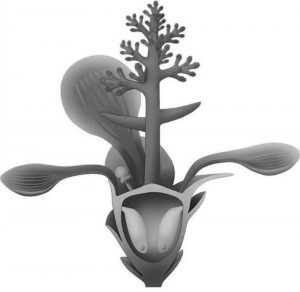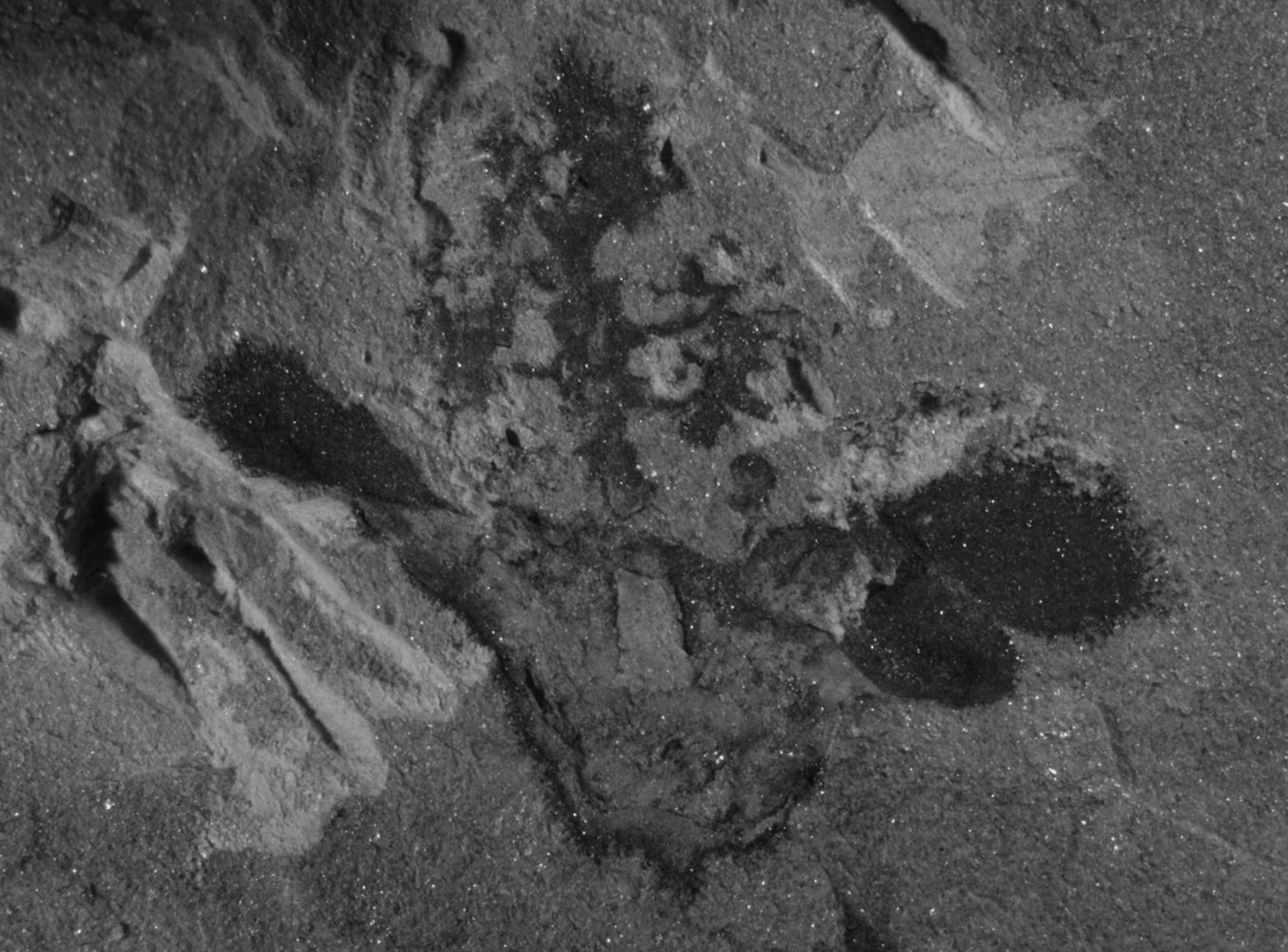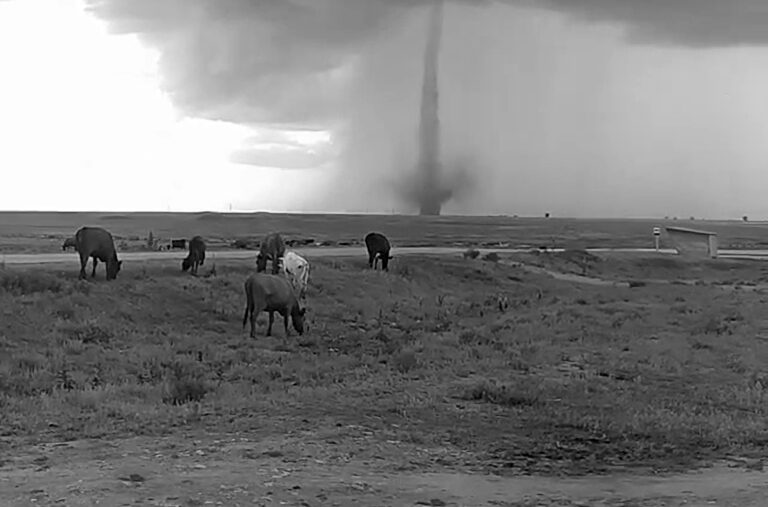A recently-found fossilised flower has flipped our understanding of floral evolution on its head after it turns out they were around 50 million years earlier than previously thought and dinosaurs probably munched on them.
According to the new study, the flower, named Nanjinganthus dendrostyla, bloomed over 174 million years ago during the Early Jurassic Period.
Until the discovery, boffins believed that the earliest evidence of flowering plants dates back to the Cretaceous Period, around130 million years ago.

The find means that flowers may have been growing on the Earth nearly 50 million years earlier than previously thought.
Scientist Qiang Fu told local media: “Researchers were not certain where and how flowers came into existence, because it seems that many flowers sprung up during the Cretaceous Period from out of nowhere.”
The expert, who works at the Nanjing Institute of Geology and Palaeontology (NIGPAS), added: “Studying fossilised flowers, especially those from earlier periods, is the only reliable way to get answers to these questions.”
The flower, which was preserved in rock slabs, had spoon-shaped petals and a stalk-like support that grew from its centre

Experts hope that Nanjinganthus dendrostyla will shed light on the evolution of flowers.
Senior researcher Xin Wang said: “The origin of angiosperms (flowering plants) has long been an academic headache for many botanists.”
He claims that the new find, which was published in the online journal ‘eLife’ on 18th December, has projected the field of botany forwards and will lead to a better understanding of flowering plants, which could lead to a renewed look at “our planet’s plant-based resources”.
Story By: Lee Bullen, Sub-Editor: Michael Leidig, Agency: AsiaWire




